What we quickly learned was that everyone comes with a story...EVERYONE. And learning more about vulnerability and empathy were the first steps in helping us to enter classrooms and look below the surface at our students.
Creating a safe space within our classrooms for students to feel safe is something that we need to actively seek to create. When we are vulnerable with students we are showing that not only do we respect them, but we trust them. The thing about learning is that it's hard, and if we want students to show up and give us their best we have to work to create a that space where they can share openly. Mr. Houle, a new member of our staff, shared how he would approach a sleeping child in one of his classrooms. He spoke about first getting down on the students level, rousing them from their sleep and then he "would do his thing". He went on to share, "because if you don't have your thing, you won't be able to connect with the student.
- To simply listen
- Acknowledge that what is being shared must be difficult
- Thank them for sharing
- You do not need to try and fix anything
A key take away for us was that rarely can a response make a difference when interacting with a student, it is forming a connection that ignites a relationship.
I captured an assignment that Ms. Oertli, an English 1 teacher created for her students below. It's just one example of our time with Dr. Brown's team being integrated into a classroom.
Many students have never taken the time to define their core values. Although they are familiar with terms like loyalty, respect, or humor, they have not constructed an identity around them. Based on our work with Brene Brown, I have created an assignment that prods students to set intentions for the year through a vision board where they define their core values and identify strategies to live according to their values.


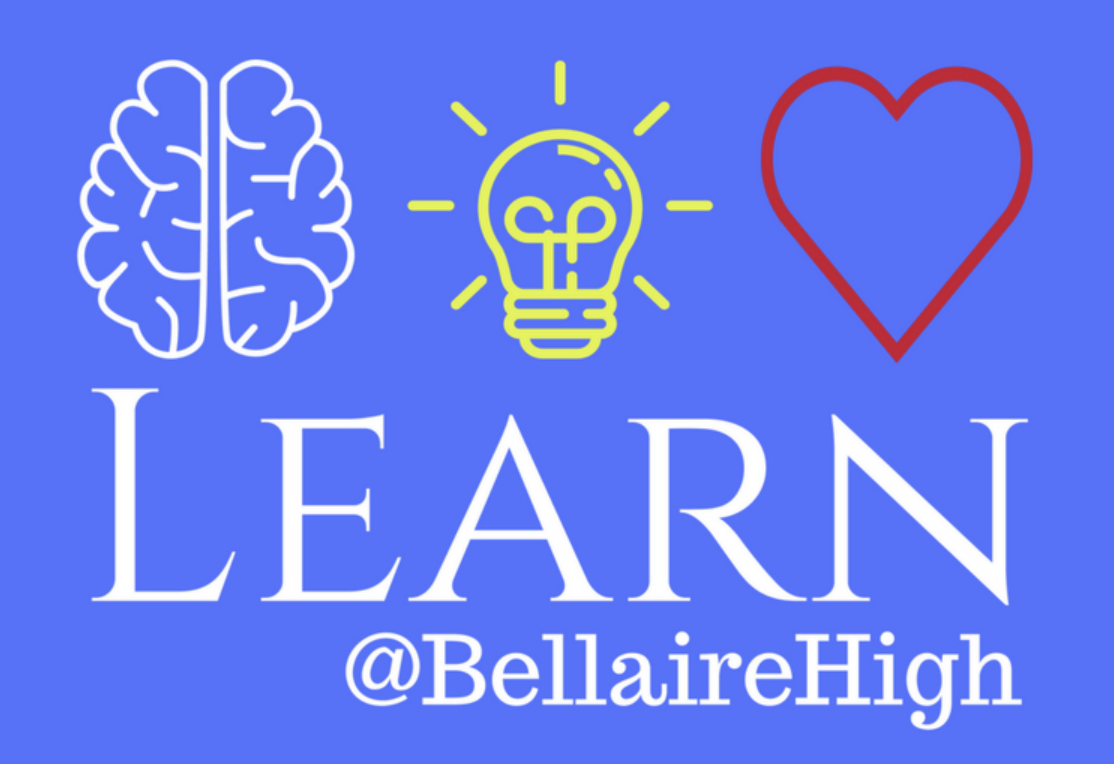

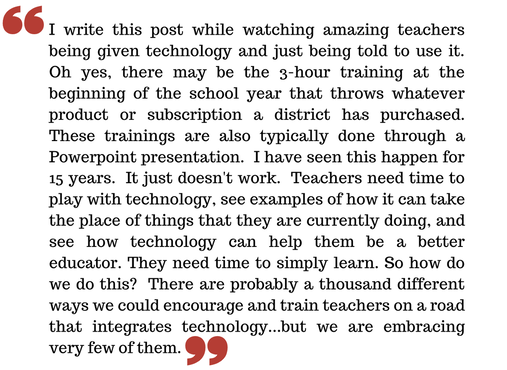
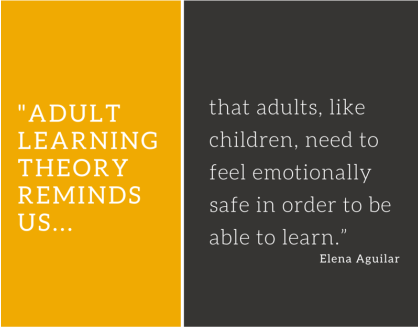
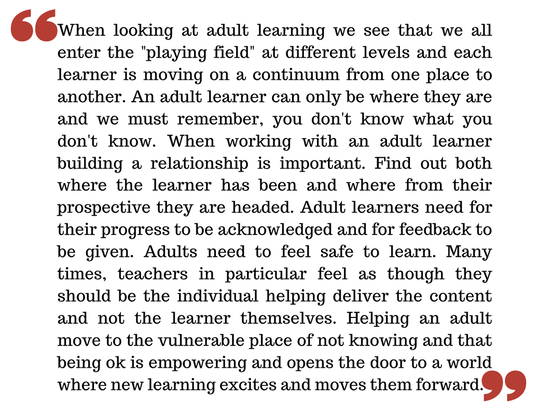
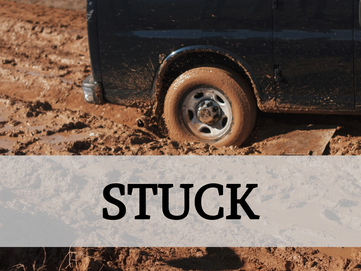
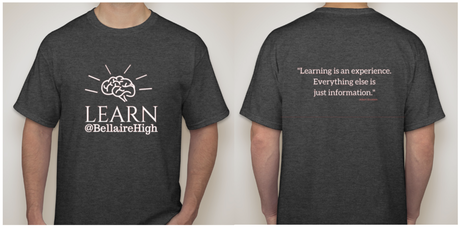
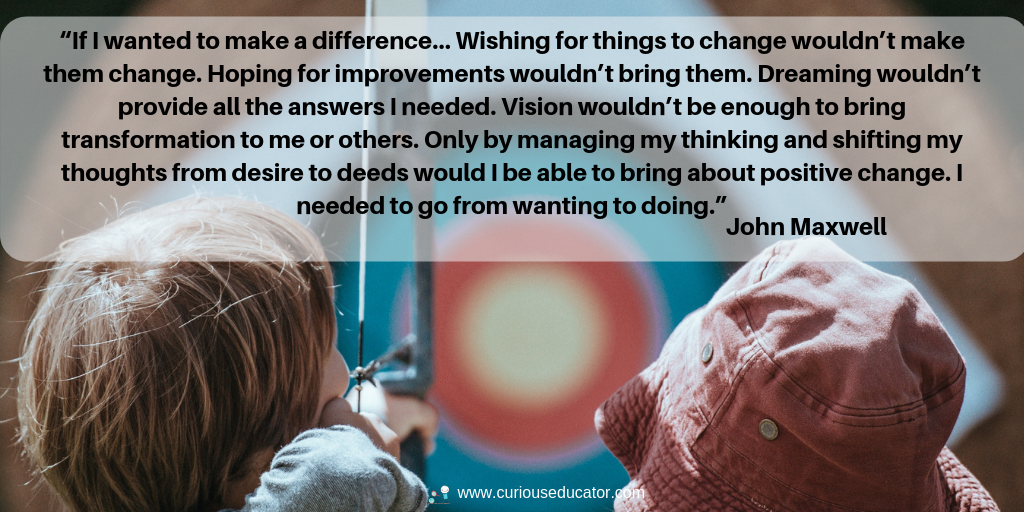

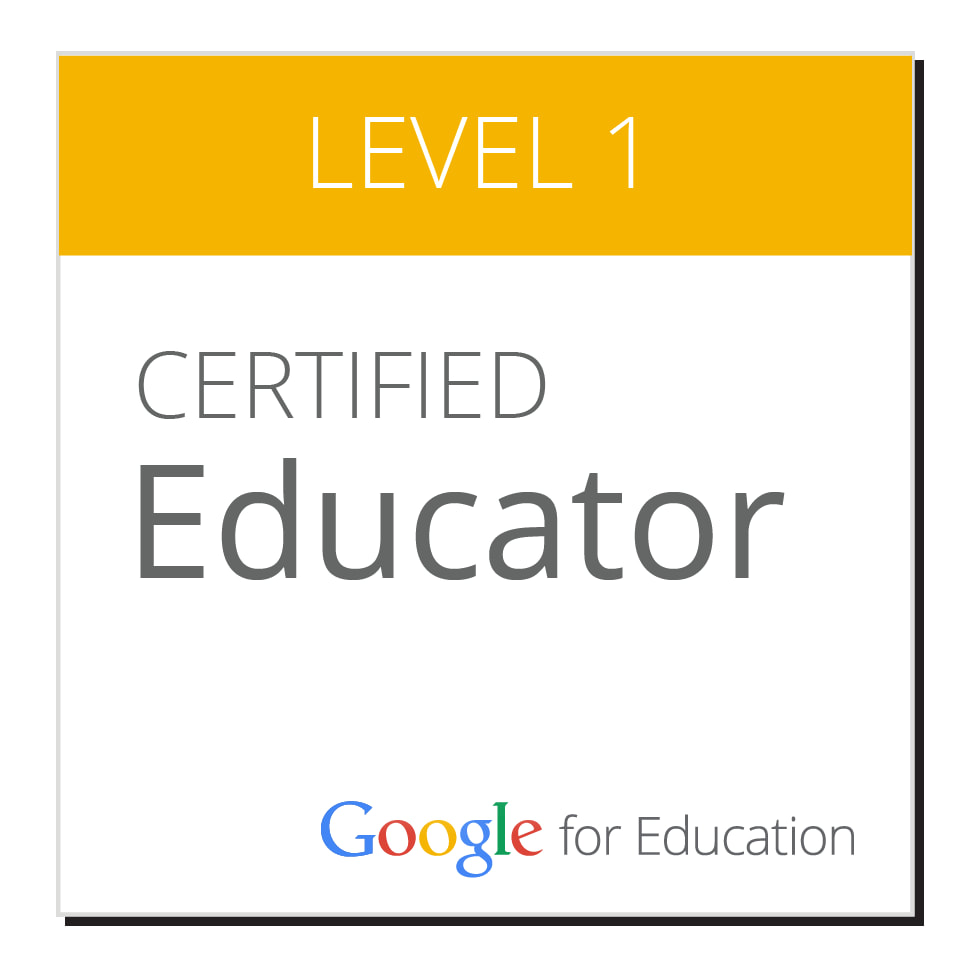
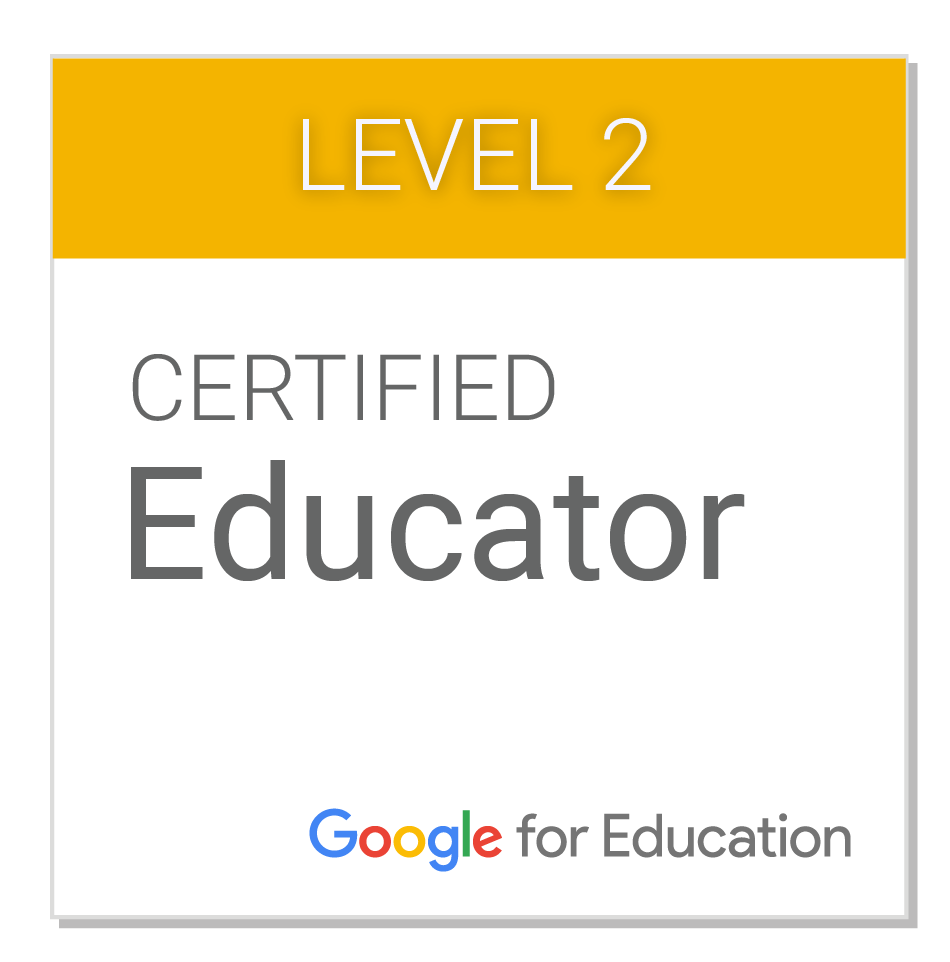
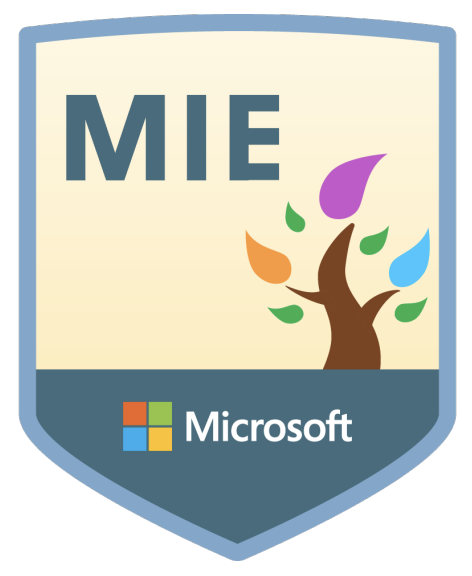
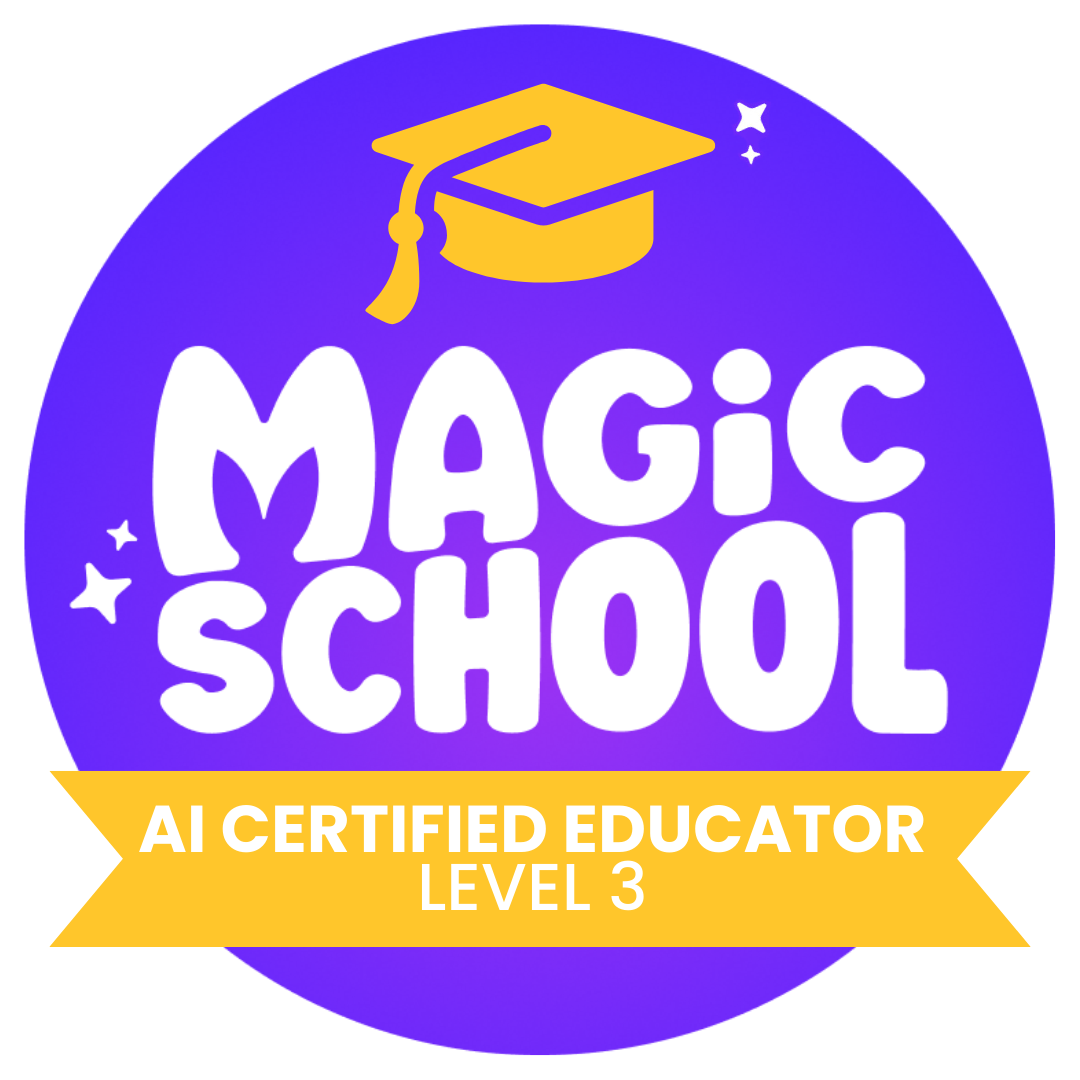
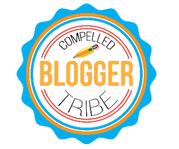
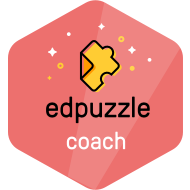
 RSS Feed
RSS Feed
